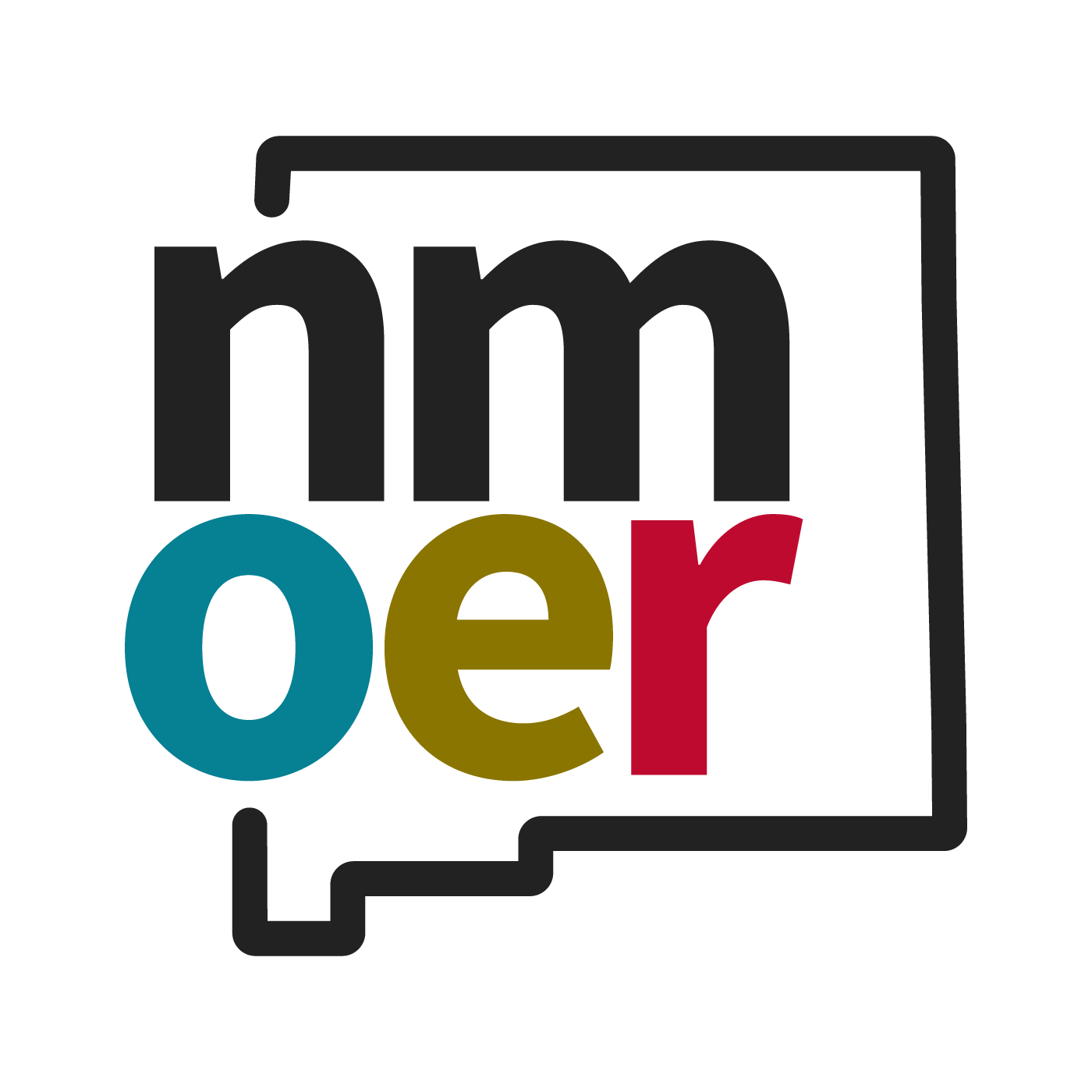Chapter 7: Business Etiquette
Chapter Learning Objectives
- 7.1 Describe the key principles of professional etiquette, including appropriate dress, communication, and behavior in business settings. (SLO 1, 2, 3, 4)
- 7.2 Analyze how cultural differences and workplace norms influence expectations around professional etiquette. (SLO 1, 5)
- 7.3 Evaluate the impact of professional etiquette on workplace relationships, reputation, and career advancement. (SLO 1, 2, 3, 4, 5)

In the fast-paced and interconnected world of modern business, professional success often depends on more than just technical expertise or academic credentials. It requires the ability to navigate interpersonal relationships, communicate effectively, and present oneself with confidence and poise.
This is where business etiquette comes into play, serving as the unspoken language of professionalism that governs behavior in the workplace. The importance of business etiquette cannot be overstated. In a competitive environment where first impressions can open—or close—doors, understanding and practicing professional decorum is a valuable skill.
Business etiquette is not merely about adhering to arbitrary rules; it is a tool for building trust, fostering respect, and creating a harmonious work environment. It helps individuals project competence and confidence while enhancing their ability to collaborate with others across diverse backgrounds.
Defining Business Etiquette and Its Importance
Business etiquette refers to the set of expected behaviors, customs, and practices that ensure respectful and professional interactions in workplace and business settings. It encompasses a wide range of actions, from how one introduces themselves to how they communicate, dress, and interact in meetings or social settings.
At its core, business etiquette is about showing respect, consideration, and professionalism toward colleagues, clients, and business partners.
Why Business Etiquette is Important
Business etiquette is crucial because it serves as the foundation for effective and respectful communication, fostering an environment of trust and collaboration. In professional settings, etiquette ensures that interactions are smooth, respectful, and productive, minimizing misunderstandings and conflicts.
Its importance extends to several key areas. Click on each heading to read more about the key area of business etiquette:
Building Strong Relationships
Good etiquette demonstrates respect and consideration, which are essential for building trust and rapport with colleagues and clients. Strong professional relationships often translate into better teamwork and successful business outcomes.
Creating Positive Impressions
First impressions are powerful and often formed within seconds. Displaying good etiquette—such as a firm handshake, punctuality, or attentive listening—can create a favorable impression, setting the tone for productive relationships.
Enhancing Communication
Business etiquette helps individuals communicate effectively by understanding cultural norms, tone, and context. It ensures clarity and avoids potential misunderstandings.
Demonstrating Professionalism
Good etiquette reflects an individual’s professionalism and competence. It signals that they are likely capable of handling responsibilities, managing relationships, and representing their organization with integrity.
Example: The Difference Between Success and Failure
Consider a job interview scenario to illustrate the impact of business etiquette. Two equally qualified candidates apply for the same role. Candidate A arrives late, appears distracted during the conversation, and neglects to follow up after the interview. In contrast, Candidate B arrives early, maintains eye contact, listens attentively, and sends a thoughtful thank-you email afterward.
Despite having similar degrees and technical qualifications, Candidate B’s adherence to business etiquette leaves a positive impression on the hiring manager. Their punctuality, engagement, and follow-up demonstrate respect, reliability, and professionalism.
Candidate A, on the other hand, may come across as disorganized or indifferent, potentially costing them the opportunity. This example highlights how business etiquette can make or break professional opportunities. It is not just about following rules but about embodying respect and professionalism, which directly influence perceptions and outcomes. In the competitive world of modern business, mastering business etiquette can be the deciding factor between success and failure.

The Importance of Business Etiquette in Modern Workplaces
Business etiquette has evolved alongside the global economy. With workplaces becoming more diverse and multinational in nature, the need for clear and culturally sensitive professional behavior is more significant than ever. While technical skills may secure a job, it is the soft skills—like communication, empathy, and adaptability—that determine long-term success.
Good business etiquette enhances relationships between colleagues, clients, and supervisors. It fosters a culture of mutual respect and understanding, enabling individuals to work together more effectively. For instance, a well-timed thank-you note or a firm handshake can make a lasting impression, signaling attentiveness and professionalism.
Similarly, practicing proper etiquette in meetings, such as arriving on time and actively listening, can demonstrate reliability and respect for others’ time. In modern workplaces, where teams often span time zones and cultural boundaries, business etiquette also serves as a bridge across differences.
Understanding how to adapt to varying customs—such as the appropriateness of eye contact, personal space, or physical gestures—can prevent misunderstandings and strengthen professional relationships.
Defining Etiquette vs. Protocol
Although often used interchangeably, “etiquette” and “protocol” have distinct meanings. Etiquette refers to the customary code of polite behavior in social or professional settings. It evolves with culture and circumstances, encompassing the day-to-day actions that demonstrate respect and consideration.
For example, addressing someone by their preferred title, holding the door open for a colleague, or refraining from using your phone during a meeting all fall under etiquette. On the other hand, protocol refers to a set of formal rules or procedures, typically observed in official or ceremonial contexts.
In the business world, protocol often applies to high-stakes scenarios such as international negotiations, corporate events, or governmental proceedings. Protocol governs who speaks first, seating arrangements, and other ceremonial aspects that reinforce hierarchy and order. Understanding the distinction between etiquette and protocol allows professionals to navigate both informal and formal settings with ease.
While etiquette is rooted in common courtesy, protocol requires a deeper awareness of rules and their implications. For instance, while it may be acceptable in everyday situations to introduce colleagues casually, formal introductions in diplomatic or corporate contexts follow a strict order based on rank and seniority.
Competitive Advantage Through Professional Behavior
In a crowded job market, business etiquette can serve as a key differentiator. While technical proficiency is essential, hiring managers and executives often prioritize candidates who exhibit professionalism, emotional intelligence, and the ability to represent the company positively.
Good manners not only make individuals more likable but also more effective in achieving their goals. A polished professional demeanor signals reliability and attention to detail, qualities that employers value.
For example, an employee who consistently responds to emails promptly and respectfully demonstrates dependability and respect for others’ time. An employee who arrives to work on time and prepared to start the job shows the team they are a valuable member.
Similarly, someone who excels in networking situations, introducing themselves with confidence and maintaining polite conversation, is more likely to leave a positive impression. Moreover, companies increasingly recognize that employees who practice good etiquette contribute to a positive workplace culture. Such individuals help de-escalate conflicts, improve team dynamics, and maintain a professional atmosphere that promotes productivity and morale. This is particularly important in client-facing roles, where an employee’s behavior directly impacts the company’s reputation.
Consider this: a potential client deciding between two vendors might choose the one whose representatives exhibit better etiquette, simply because it inspires confidence in their ability to handle the account with care and professionalism. Business etiquette, therefore, is not just an individual asset but a strategic advantage for companies aiming to stand out in a competitive marketplace.

Real-World Implications
The significance of business etiquette is evident in everyday scenarios. Imagine a team leader who consistently interrupts others during meetings or fails to acknowledge their contributions. Such behavior can erode trust and collaboration, ultimately undermining the team’s success.
Conversely, a leader who listens actively, expresses gratitude, and respects differing perspectives fosters an environment where innovation and cooperation thrive. In client interactions, etiquette plays a pivotal role in establishing and maintaining relationships. A poorly written email or an overlooked RSVP to a business dinner can tarnish a professional’s reputation, whereas thoughtful gestures—such as sending a handwritten thank-you note after a meeting—can leave a lasting positive impression.
Etiquette is equally critical in virtual environments. With more remote or hybrid work options today, professionals must adapt to new forms of interaction. From muting microphones during virtual meetings to responding promptly to digital communication, practicing etiquette in the digital sphere is essential for maintaining professionalism.
Conclusion
Business etiquette is more than a set of formal rules—it’s YOUR reflection of professionalism, respect, and cultural awareness in the workplace. Understanding and practicing proper etiquette helps build trust, foster productive relationships, and create a productive work environment. Apply the principles of business etiquette will enhance your credibility and support success in diverse business settings.
Exercises
To cite this specific chapter use this format:
Hamby, C., McNack, L. and Wooldridge, T. (2025). Chapter 7: Business Etiquette. In Pouska, B. (Ed.), Business Professionalism. New Mexico Open Educational Resources Consortium Pressbooks. https://nmoer.pressbooks.pub/businessprofessionalism/
Original chapter from “Navigating the Professional World A Guide to Business Etiquette” by Courtney Hamby, Leshay McNack, and Tena Wooldridge

